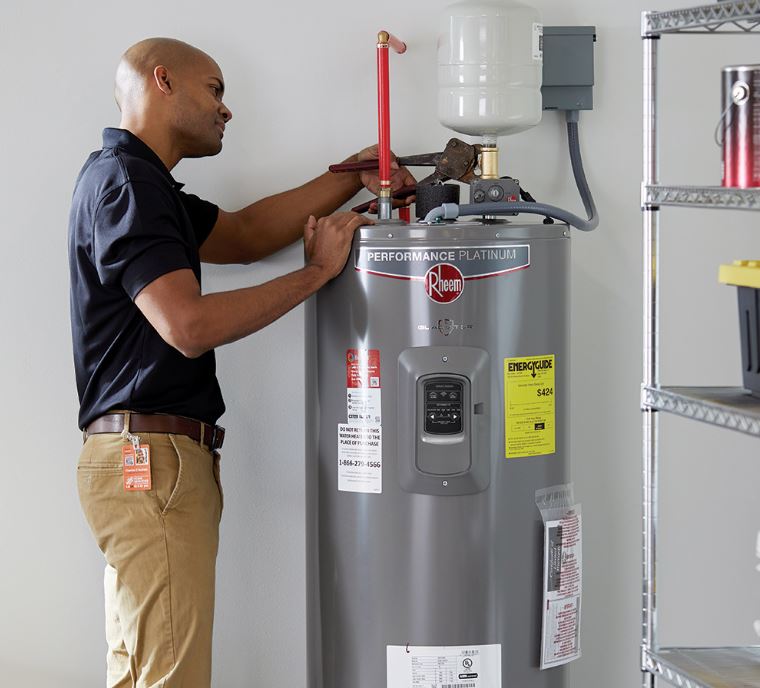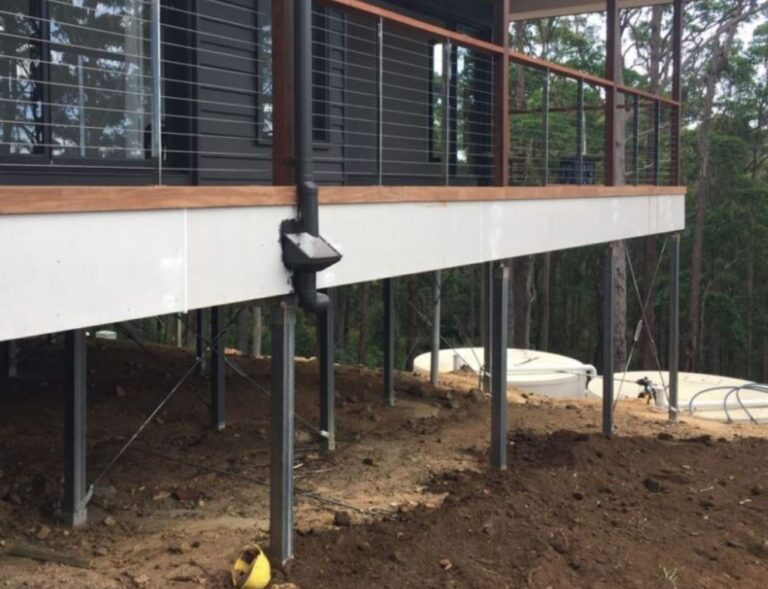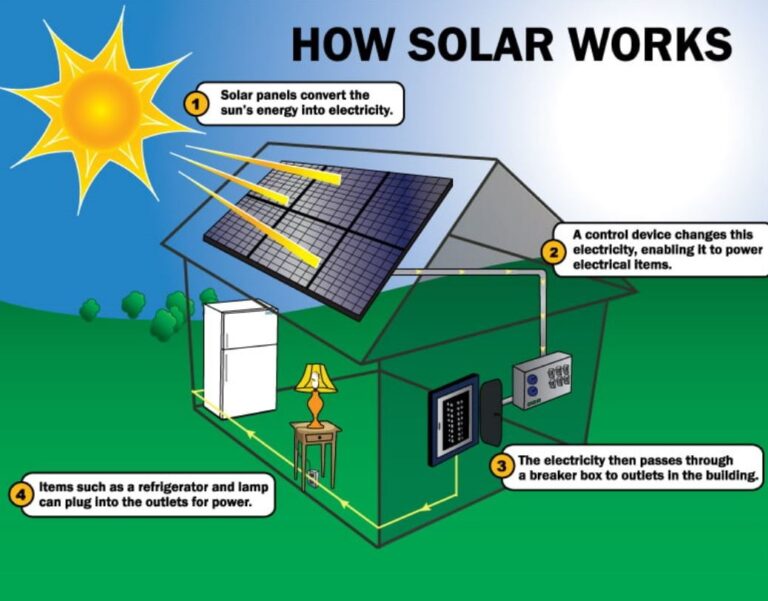Getting Your Commercial Building in Sugar Land Ready for Winter
As the crisp autumn air begins to settle in Sugar Land, Texas, it’s time to start thinking about preparing your commercial building for the winter months. While winters in Sugar Land may not be as harsh as those in northern states, the cooler temperatures and occasional cold snaps can still take a toll on your property if you’re not prepared. Ensuring your building is winter-ready not only protects your investment but also creates a comfortable and safe environment for employees, customers, and tenants. Here’s a comprehensive guide to getting your commercial building in Sugar Land ready for winter.
1. Inspect and Maintain Your Heating System
Your heating system is the backbone of winter comfort in your commercial building. Before the temperatures drop, schedule a professional inspection of your HVAC system. A certified technician can check for any issues, clean the system, and ensure it’s running efficiently. This is also a good time to replace air filters, which can improve air quality and reduce energy costs.
Don’t forget to test your thermostat to ensure it’s functioning properly. If your building uses a programmable thermostat, consider adjusting the settings to optimize energy usage during colder months.
2. Seal Windows and Doors
Drafts can significantly impact your building’s energy efficiency and comfort levels. Inspect all windows and doors for gaps or cracks that could let cold air in and warm air out. Use weatherstripping or caulk to seal any leaks. If your building has older windows, consider upgrading to energy-efficient models or using window insulation film as a temporary solution.
For larger commercial spaces, automatic door closers can help prevent cold air from entering when doors are left open.
3. Check Your Roof and Gutters
Your roof is your building’s first line of defense against the elements. Inspect it for damaged or missing shingles, cracks, or other signs of wear and tear. Addressing these issues now can prevent leaks and water damage during winter rains.
Clean out gutters and downspouts to ensure proper drainage. Clogged gutters can lead to ice dams, which can cause water to seep into your building. If your building has flat roofs, make sure drains are clear to prevent standing water.
4. Insulate Pipes
Frozen pipes can be a costly and disruptive problem. Insulate any exposed pipes, especially those in unheated areas like basements, attics, or crawl spaces. Pipe insulation is an inexpensive way to prevent freezing and bursting.
If your building has outdoor faucets or irrigation systems, make sure they’re properly drained and shut off for the winter. Consider installing frost-free spigots to reduce the risk of freezing.
5. Prepare for Emergencies
Winter weather can be unpredictable, even in Sugar Land. Create an emergency preparedness plan for your building that includes steps for dealing with power outages, burst pipes, or other cold-weather issues. Stock up on essentials like flashlights, batteries, and emergency blankets.
If your building has a generator, test it to ensure it’s in good working condition. Make sure your staff knows how to operate it safely.
6. Landscape and Outdoor Maintenance
Your building’s exterior is just as important as the interior when it comes to winter preparation. Trim any overhanging tree branches that could break under the weight of ice or snow and damage your property. Clean up fallen leaves and debris to prevent slips and falls.
If your building has outdoor lighting, check that all fixtures are working properly. With shorter daylight hours, adequate lighting is essential for safety and security.
7. Review Your Insurance Policy
Winter weather can bring unexpected challenges, so it’s a good idea to review your commercial property insurance policy. Make sure you’re covered for potential winter-related issues like water damage, roof collapses, or power outages. If necessary, update your policy to ensure you’re fully protected.
8. Communicate with Tenants and Employees
If your commercial building houses multiple tenants or employees, keep them informed about your winter preparedness plans. Let them know what steps you’re taking to ensure their comfort and safety, and provide guidelines for reporting any issues, such as drafts, leaks, or heating problems.
Consider sending out a winter safety reminder that includes tips for staying warm, avoiding slips on icy walkways, and conserving energy.
9. Energy Efficiency Upgrades
Winter is a great time to evaluate your building’s energy efficiency. Consider upgrading to LED lighting, which uses less energy and generates less heat than traditional bulbs. Install motion sensors or timers to reduce energy usage in unoccupied areas.
If your building has a large amount of glass, consider using thermal curtains or blinds to retain heat. You can also add insulation to walls, ceilings, and floors to improve energy efficiency and reduce heating costs.
10. Schedule Regular Maintenance
Winter preparedness isn’t a one-time task—it’s an ongoing process. Schedule regular maintenance checks throughout the season to address any issues before they become major problems. This includes monitoring your heating system, checking for leaks, and ensuring walkways are clear of ice and snow.
Why Winter Preparedness Matters
Taking the time to prepare your commercial building for winter can save you time, money, and headaches in the long run. A well-maintained building is more energy-efficient, which can lower your utility bills. It’s also safer and more comfortable for everyone who uses the space.
In Sugar Land, where winter weather can be mild but unpredictable, being proactive is key. By following these steps, you can ensure your commercial building is ready to handle whatever the season brings.
Final Thoughts
Winter preparation may not be the most exciting task, but it’s an essential part of maintaining your commercial property. By addressing potential issues now, you can avoid costly repairs and disruptions later. Plus, you’ll create a welcoming environment for employees, customers, and tenants—even on the coldest days.






